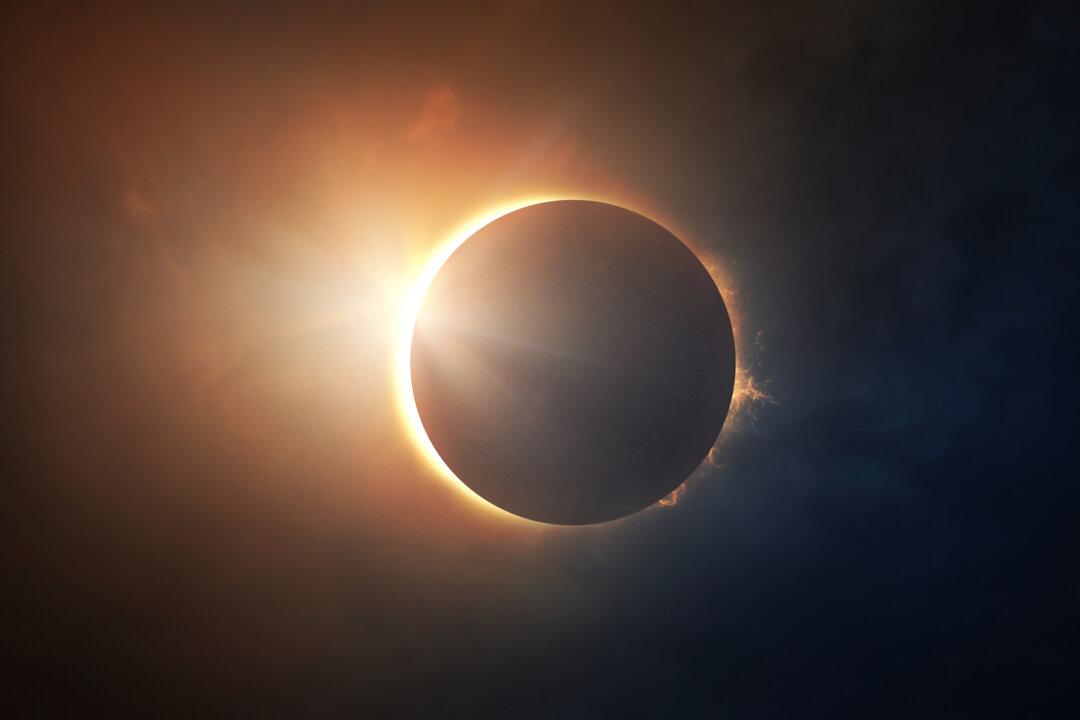Picture this: The sun, moon, and Earth are all part of a cosmic dance, and every so often, they align just right to create a magical moment in the sky.
April 8 will be such a moment. A total solar eclipse will be happening in the continental United States. The eclipse will cast a shadow across certain parts of North America, turning day into a breathtaking night for a brief period. Imagine the sun, our brightest star, being covered by the moon, creating a stunning celestial display for those lucky enough to be in the right place at the right time.





